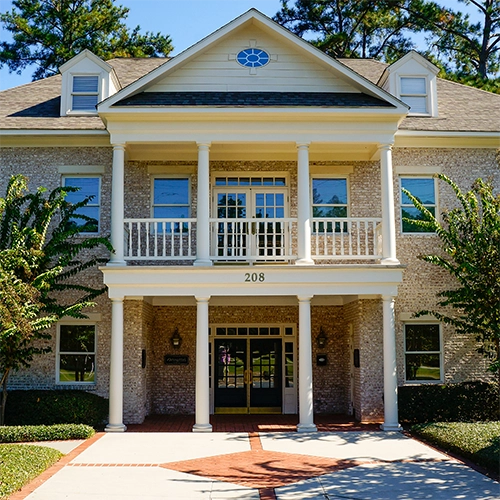Based on comprehensive crash data analysis from the Albany Police Department and various traffic safety reports, here are the most dangerous intersections in Albany, Georgia, ranked by accident frequency and severity:
-
1. Dawson Road and Stuart Avenue
Number of crashes: 145 crashes over a three-year period
This intersection tops the list as the most dangerous in Albany. The high accident rate is due to heavy Dawson Road traffic, with over 1,700 total crashes and more than 170 at intersections. Peak-hour congestion and multi-directional traffic patterns create numerous conflict points.
-
2. North Westover Boulevard and Nottingham Way
Number of crashes: Nearly 50 crashes over three years
This complex intersection features a highway ramp where two five-lane roads meet, creating dangerous merging conditions. The speed variations between ramp and local traffic make safe turns difficult.
-
3. North Slappey Boulevard and Palmyra Road
Number of crashes: 39 crashes over three years
Two major five-lane roads converge here with multiple access points nearby. With more than 260 total crashes on North Slappey Boulevard, this corridor remains one of Albany’s most accident-prone zones.
-
4. U.S. 19 and Nelms Road (Liberty Expressway)
Number of crashes: 24 crashes since 2020
Described as “the most dangerous intersection in Dougherty County,” this area’s vast width makes speed and distance judgment difficult. Following a tragic 2025 fatal accident, the county implemented an R-Cut design to reduce left-turn hazards.
-
5. East Oglethorpe Boulevard and South Broadway Street
Number of crashes: Multiple serious accidents including cement truck collisions
This intersection mixes heavy commercial and passenger traffic. Several incidents involving large trucks have resulted in overturned vehicles and serious injuries due to brake failures.
-
6. Gordon Avenue and Magnolia Street
Number of crashes: Multiple vehicle crashes including fatalities
Located downtown, this intersection saw a fatal 2025 crash caused by a driver attempting to bypass stopped vehicles. Traffic signal noncompliance and driver impatience are recurring issues here.
-
7. West Oglethorpe Boulevard and Cleveland Street
Number of crashes: Fatal collision reported in February 2025
A fatal crash involving a Land Rover and Honda Accord illustrates the dangers of high-speed perpendicular traffic flow on this busy route.
-
8. Ledo Road and Nottingham Way
Number of crashes: Serious injury accidents involving families
Left-turn misjudgments and varying speeds make this intersection especially dangerous. Several crashes involved families and young children.
-
9. Pine Avenue and Jefferson Street
Number of crashes: Downtown accidents with emergency response
In the heart of downtown, this intersection presents visibility challenges and dense traffic requiring frequent emergency response efforts.
-
10. Liberty Expressway (General Corridor)
Number of crashes: Multiple fatal and serious injury accidents
This expressway corridor includes several high-crash areas where elevated speeds lead to severe outcomes in both single and multi-vehicle collisions.
Common Danger Factors
The research identifies several consistent factors contributing to Albany’s intersection dangers:
- Complex Traffic Patterns: Many intersections combine five-lane roads, ramps, or geometric layouts creating numerous conflict points.
- Speed Differentials: High-speed through traffic meets slower local traffic, increasing crash risk.
- Limited Visibility: Restricted views from road design, structures, or terrain.
- Heavy Commercial Traffic: Truck routes add danger, with mechanical failures often worsening accidents.
- Driver Behavior Issues: Failures to yield, red-light running, and distracted driving are leading causes.
- Poor Signage and Lighting: Insufficient warning systems and low illumination heighten risks.
Albany authorities have begun improving safety with new cameras, traffic signals, and speed warning systems. The R-Cut redesign at U.S. 19 and Nelms Road is one of the city’s most significant safety upgrades, specifically targeting left-turn crash reduction.
Drivers should use extra caution navigating these intersections, particularly during rush hours or poor weather conditions.



